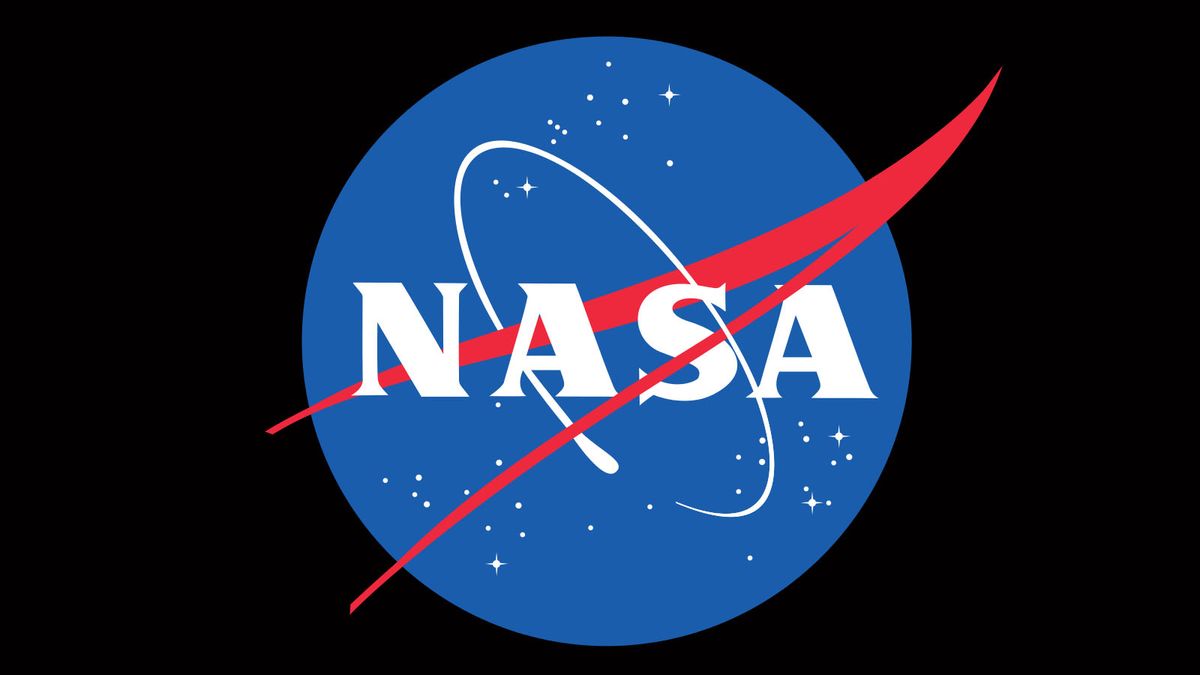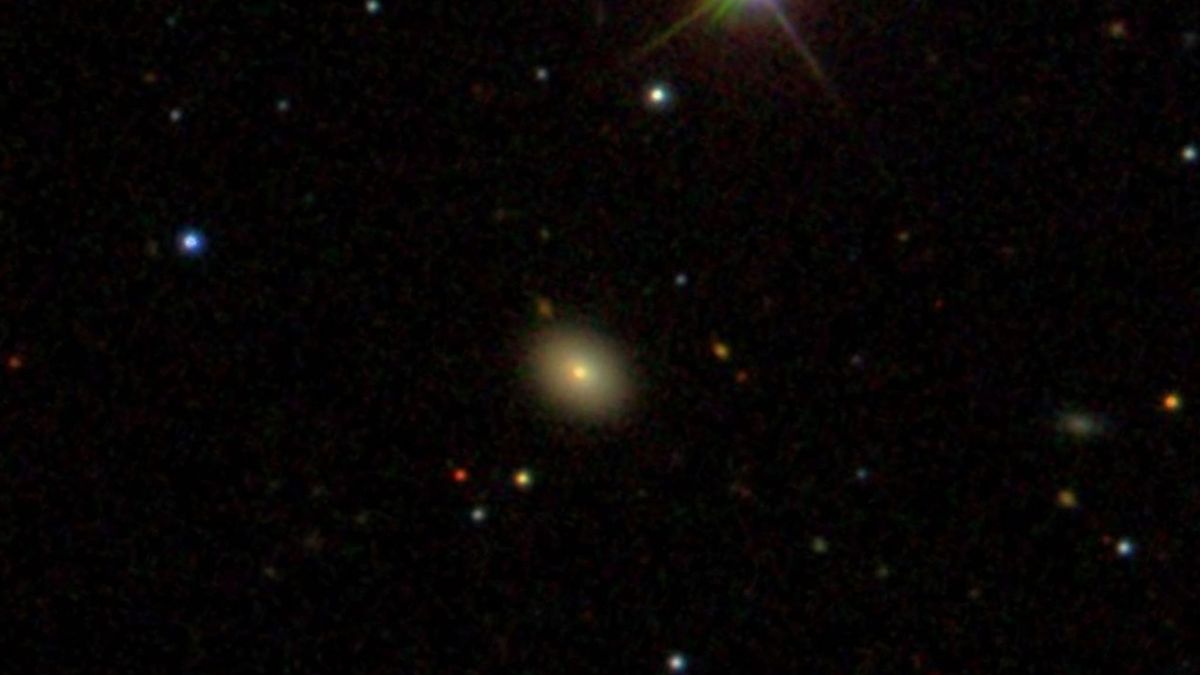ARTICLE AD BOX
 The APEX 1.0 lander from ispace U.S. Credit: ispace U.S.
The APEX 1.0 lander from ispace U.S. Credit: ispace U.S.
WASHINGTON — A change in engines will cause the launch of a lunar lander being built for a NASA-funded mission to slip from 2026 to 2027.
In a May 9 statement, ispace U.S., the American subsidiary of Japan’s ispace, said it will use a new engine called VoidRunner for its Apex 1.0 lunar lander. That lander is being developed by ispace U.S. for a team led by Draper flying a mission that is part of NASA’s Commercial Lunar Payload Services (CLPS) program.
The company previously planned to use an engine from Agile Space Industries called A2200, a bipropellant engine that produces about 2,200 newtons (500 pounds-force) of thrust. However, ispace U.S. said that after a review with Agile, the companies concluded the A2200 “would not be supplied within the originally planned procurement schedule.”
VoidRunner is an engine jointly developed by ispace U.S. and Agile, using a valve system created internally by ispace U.S. The companies did not disclose technical details about the engine beyond that it requires one-fourth the parts “and enabled simplifications to the vehicle-level architecture.” The engine has been test-fired by Agile in a vacuum test stand, the companies noted.
However, switching engines will require changes to the lander design. As a result, ispace U.S. said the launch of what it calls Mission 3 would slip from 2026 to 2027.
“Agile is committed to ensuring our technology fully empowers ispace’s Mission 3 to success. We were confident that VoidRunner meets ispace U.S.’s performance expectations but also drives long-term efficiency,” Chris Pearson, chief executive of Agile Space Industries, said in a statement.
“We are confident in the new propulsion system and renewed collaboration with Agile,” added Elizabeth Kryst, chief executive of ispace U.S., in the same statement.
The Mission 3 lander will be used for a CLPS mission called CP-12 by NASA, with Draper as the lead. The spacecraft will land in Schrödinger Basin on the far side of the moon carrying seismometers, an instrument to measure heat flow in the moon’s interior and sensors to measure electrical and magnetic fields at the lunar surface. NASA awarded Draper the $73 million task order for the CP-12 mission in 2022, then planned for launch in 2025.
Besides the lander, the mission will include two satellites, called Alpine and Lupine, that will serve as communications relays for the lander, which will be out of sight from the Earth on the lunar farside. The satellites, built by Blue Canyon Technologies, will be available for other uses after the end of the CP-12 mission.
In a NASA presentation at the Lunar Surface Science Workshop online May 7, the CP-12 mission was still listed as having a launch in the fourth quarter of 2026. It was touted as one of three CLPS missions projected to launch in 2026, along with Intuitive Machines’ IM-3 mission and Firefly Aerospace’s Blue Ghost 2. With the delay in CP-12, Blue Ghost 2 is now in line to be the first CLPS mission to attempt a landing on the lunar farside.
While ispace U.S. is working with Draper for this CLPS mission, it is pursuing other opportunities to be involved in CLPS. The company announced April 8 a partnership with Redwire to collaborate on lunar lander missions, including the CLPS program. Redwire is a part of CLPS through its 2020 acquisition of Deep Space Systems, one of the nine original companies selected by NASA to participate in the program in 2018, but has yet to win a CLPS task order.
Jeff Foust writes about space policy, commercial space, and related topics for SpaceNews. He earned a Ph.D. in planetary sciences from the Massachusetts Institute of Technology and a bachelor’s degree with honors in geophysics and planetary science... More by Jeff Foust

 4 hours ago
1
4 hours ago
1









 English (US) ·
English (US) ·